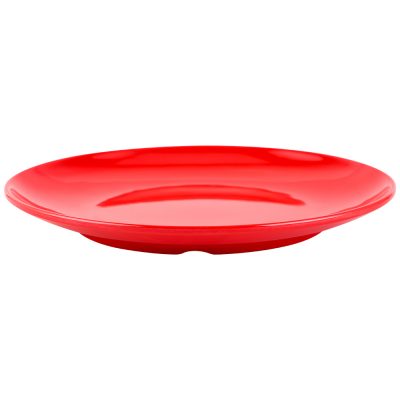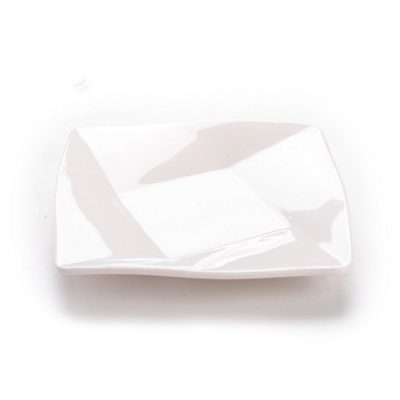Melamine tableware, also known as imitation porcelain, melamine, plastic porcelain, scientific porcelain, etc.; it is hard, durable, and not easily broken. It is widely used in restaurants, hotels, hotels, homes, etc., and is a substitute for traditional porcelain. Perhaps you still don’t know much about the scientific composition of melamine tableware.
A1 material (contains 30% melamine resin, and 70% of ingredients are additives, starch, etc.)
Features: Although it has melamine ingredients, it still has plastic characteristics. It is highly toxic, intolerant of high temperature, intolerant to dirt, intolerant of erosion, rough in appearance, easy to deform, discolor, and poor gloss.
A3 material (contains 70% melamine resin, and another 30% ingredients are additives, starch, etc.)
Features: The appearance is almost the same as (A5 material), but once used, the product is not resistant to dirt, easy to change color, fade, easy to deform under high temperature, and not resistant to erosion. <Description: The above two kinds of toxic raw materials are cheap, and many manufacturers use these raw materials to produce products as (A5 material), which infringes the rights and interests of consumers.
A5 material (100% melamine resin)
Features: non-toxic and odorless, temperature resistance from -30 degrees Celsius to 120 degrees Celsius, resistance to bumps and erosion, not only beautiful in appearance, lightweight, heat-preserving, and safe to use.
Melamine tableware has good temperature resistance, excellent performance between -20℃~+120℃; light weight, specific gravity of 1.6, moderate weight feeling; product heat resistance, flame resistance, can be washed in the dishwasher, and can be stored In the disinfection cabinet.







